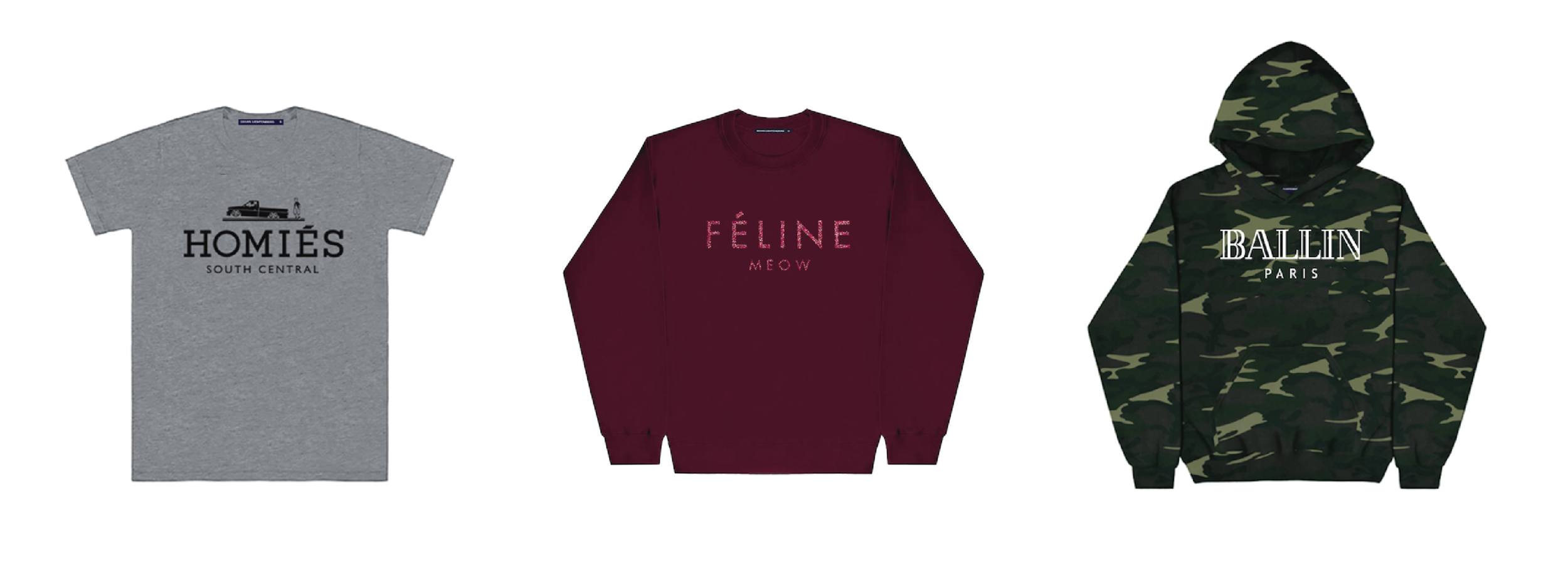Can we legally use other people’s images or artworks?
Using or spreading original artwork through media and technology platform is not a copyright infringement, provided that the artwork is not used for commercial purpose. Any act that perpetually brings profit to anyone distributing the artwork without consent from the original author is against the law. The publisher must credit the original author, and the article or post has to be related to the artwork itself. Also, the publisher should make no change, such as editing and removing watermarks, without the author’s approval.
It means that if a media wants to use an image of a brand it is talking about in an article, it is allowed to do so as long as the brand is credited under the image. This practice falls under the ‘announcement’ category. It excludes images taken from image licensing platforms such as Shutterstock or Getty Images.
One controversial case over fair use in Indonesia involved singer Via Vallen’s debut single ‘Sayang.’ The song uses musical arrangement of Japanese song ‘Miraie’ by pop duo Kiroro. Vallen’s version of the song features Javanese lyrics and hip-hop remix in the middle of the song. Without proper consent from the original creator, Vallen’s act clearly violated copyright law as she recorded and distributed the song to make profit. Earlier this year, a producer of Vallen’s record label Ascada Music clarified during a press conference that they have asked permission from Kiroro before publishing the song.
In Article 43 of Act No.28 of 2014,
[ d. pembuatan dan penyebarluasan konten Hak Cipta melalui media teknologi informasi dan komunikasi yang bersifat tidak komersial dan/atau menguntungkan Pencipta atau pihak terkait, atau Pencipta tersebut menyatakan tidak keberatan atas pembuatan dan penyebarluasan tersebut. ]
Fair use also allows others to make a parody and reaction video, or any commentary video, of original artwork. Parody and reaction videos are regarded as opinion of individuals. These types of videos direct the audience to the original artwork, which increase the exposure of the original artwork.
Image: Brian Litchenberg
In fashion, parodying high-end fashion brands by changing the name or letters of brands’ logo is not rare. The practice is either used to ‘mock’ high-end brands or create hype surrounding brand through coveted logo. The former might constitute as parody since it conveys a message to the audience. The latter, on the other hand, is unlikely categorised as fair use since it requires a popular logo to make revenue.
However, this practice is a risky step. Just because we switch the brand name to other words, it doesn’t mean they are qualified to be parody. At the end of the day, it is up to the judge to decide whether it is fair use or not.
In mid 2000s, Brian Litchenberg parody t-shirts are at the height of fashion hype. He took on luxury brands like Hermés, Gucci, Celine, and Balmain by changing the name to ‘Homiés,’ ‘Bucci,’ ‘Féline,’ and ‘Ballin,’ respectively. Surprisingly, the brand only received one threat of litigation or lawsuit from pharmaceutical company AbbVie Inc.
The Xanax, Adderall, and Vicodin t-shirts produced by Litchenberg in collaboration with now defunct Los Angeles retailer Kitson had caused controversies before they were slapped with lawsuits. The pharmaceutical company claimed that the t-shirts were harmful to public as they promoted irresponsible prescription drug use.
Image: Haute Diggity Dog
While some fashion houses might find parody flattering, others like Louis Vuitton and Chanel are not friendly to parody. In 2007, Louis Vuitton filed a lawsuit against Haute Diggity Dog for naming its dog chew toy ‘Chewy Vuiton.’ The court sided on Haute Diggity Dog as ‘Chewy Vuiton’ represented a successful parody and customer confusion is unlikely.


